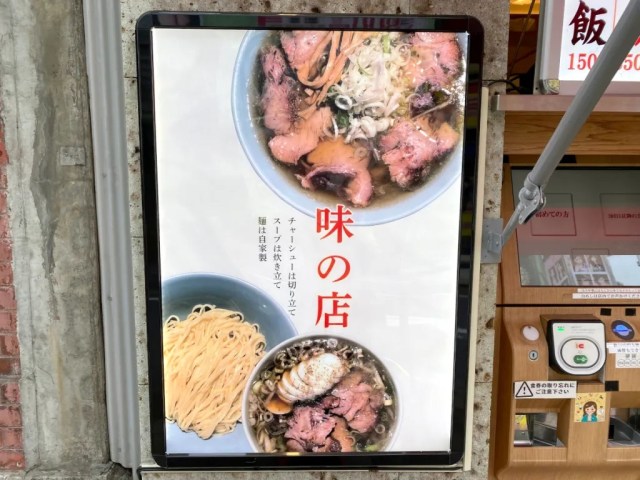
Join one reporter’s quest to define the undefinable.
Our Japanese-language reporter P.K. Sanjun loves ramen a bit more than the average person. He loves it so much that he tries to learn about all types of ramen out there, even the more obscure ones like chocolate ramen. He recently learned about “Chan-kei Ramen” (the suffix “kei” literally means “group”, and is used to refer to a type or style of ramen) from online ramen forums.
“Chan-style Ramen” or “Chan Ramen” storefronts look more or less the same, but they’re not a chain restaurant; they’re distinctive from each other by the restaurants’ names, which are usually someone’s name followed by “chan”. For example, P.K. tried out Nagi-Chan Ramen in Tokyo’s Shinjuku neighborhood…
…and Kuma-Chan Ramen, also in Shinjuku.
Along with their signage, Chan Ramen is also similar in flavor. After trying both Nagi-Chan and Kuma-Chan’s chuuka soba–or Chinese-style ramen–he surmised that Chan Ramen typically has a salty soy sauce-based soup, a particularly delicious and thinly-cut chashu pork slice, and is best enjoyed with a side of rice.
For reference: Nagi-Chan Ramen…
…and Kuma-Chan Ramen.
They say two times is coincidence, but three times is proof; so would P.K.’s final taste test prove his theories right? To test them out, he found himself at Chie-Chan Ramen near JR Kanda Station in Tokyo.
He wasted no time in ordering the Chashu Noodles for 1,200 yen (US$7.91), which also came with one optional free serving of rice. Figuring he’d be in for a salty ride, P.K. asked for it with rice.
The piping hot noodles he was served certainly looked like Nagi-Chan and Kuma-Chan noodles. It had a soy sauce-based soup with a generous serving of chashu pork.
The noodles were of an average thickness and slid down the throat easily. As expected, the broth was salty; P.K. was grateful he’d ordered the rice.
The only notable difference P.K. could pick out was that Chie-Chan’s chashu was thicker than Nagi-Chan’s and Kuma-Chan’s.
So his final conclusion was: Chan Ramen has a salty soy sauce broth that goes well with rice, noodles that go down easy, and chashu that packs a flavorful punch.
P.K. took to the Internet to confirm some of his findings. When he searched “Chan Ramen”, he found out that Chan Ramen was sort of a chain store–they are affiliated restaurants. The ultimate goal of Chan Ramen is to increase awareness of chuuka soba. It also turned out that Chie-Chan Ramen is the original Chan Ramen!
So in summary, Chan Ramen is the go-to place for a steaming bowl of salty, pork-y, umami-filled chuuka soba. Some of them are open quite early and late, so they’re also great places to stop when little else is open.
Restaurant information
Chie-Chan Ramen / ちえちゃんラーメン
Address: Tokyo-to, Chiyoda-ku, Kajicho 2-13-7
東京都千代田区鍛冶町2-13-7
Open Mondays 10 a.m. – 5 a.m. (next day); Tuesdays, Wednesdays, Thursdays 8 a.m. – 5 a.m. (next day); Fridays, Saturdays 8 a.m. – 8 p.m.; Sundays 8 a.m. – 10 p.m.
Photos ©SoraNews24
● Want to hear about SoraNews24’s latest articles as soon as they’re published? Follow us on Facebook and Twitter!
[ Read in Japanese ]
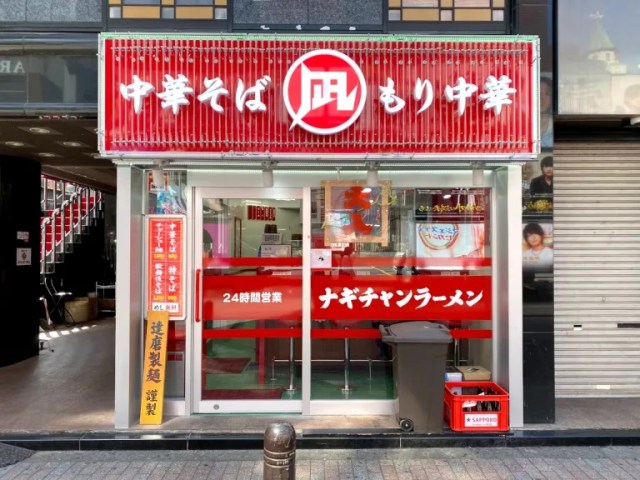
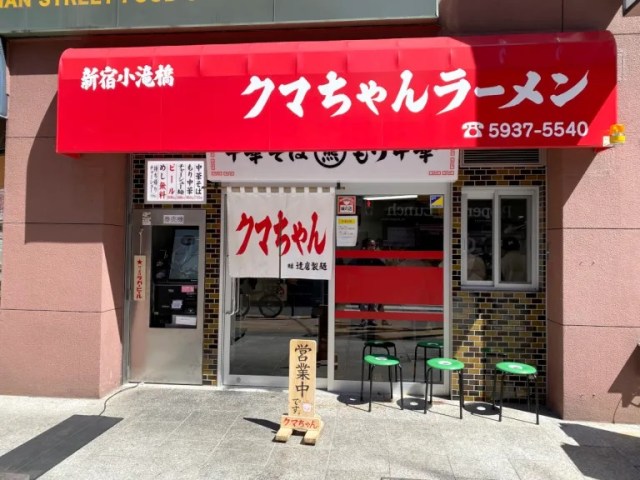

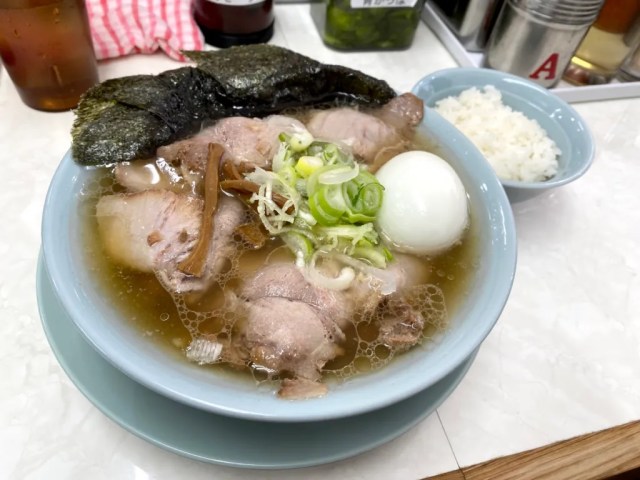
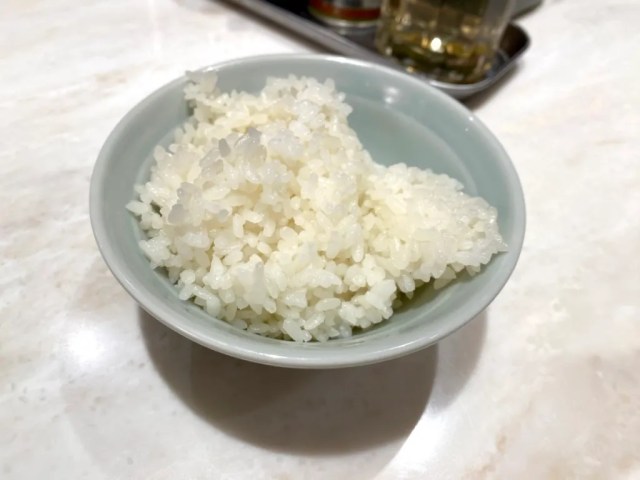
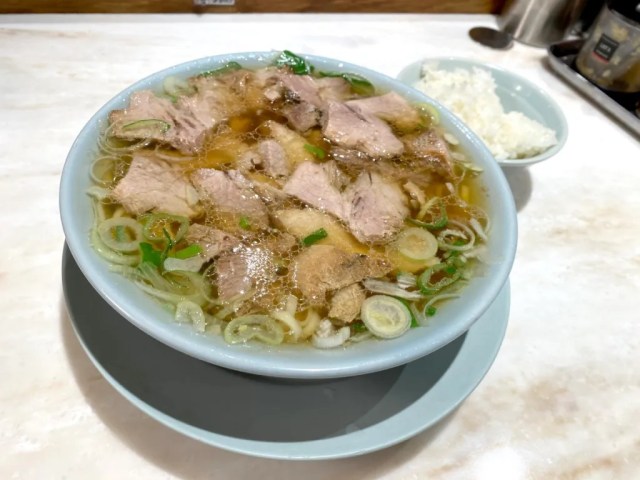
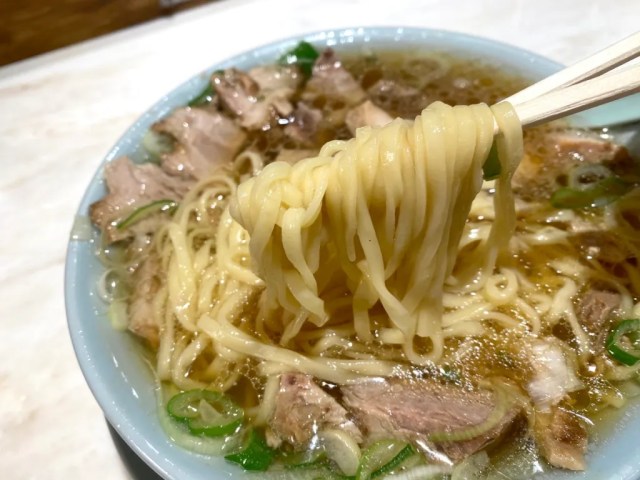
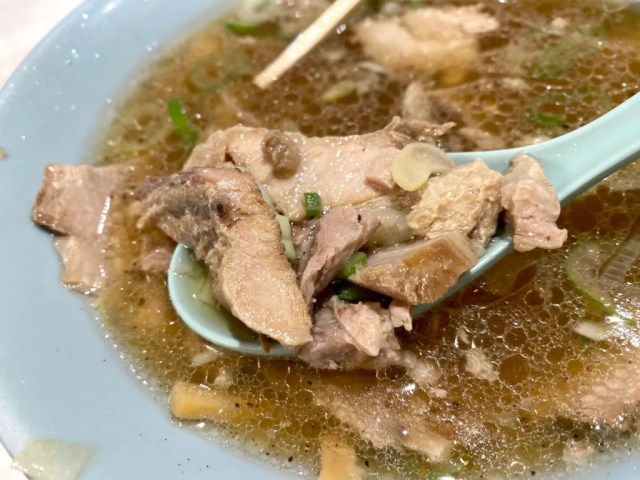
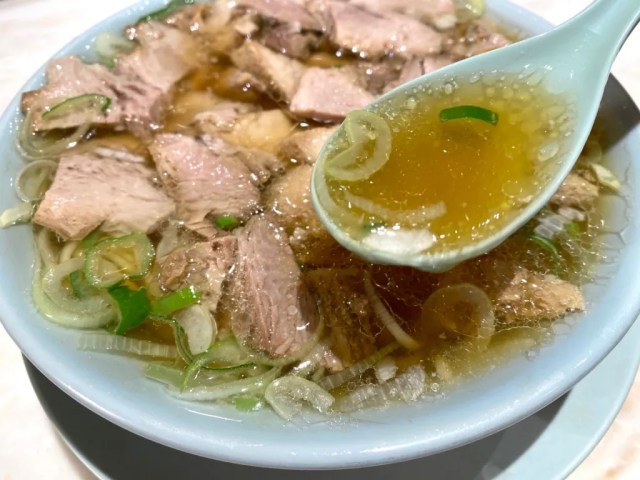
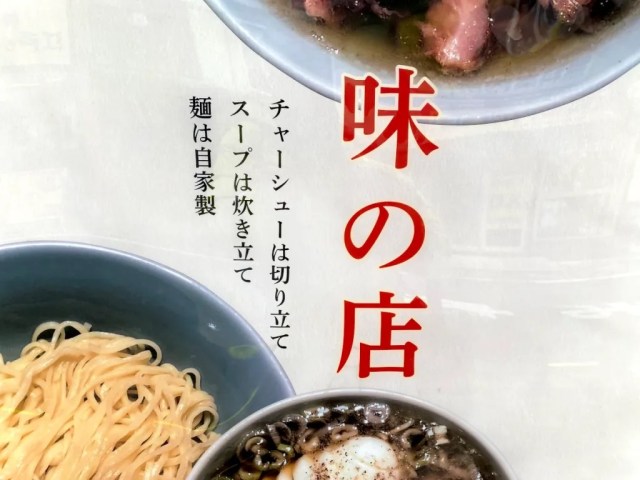
 Ramen restaurant in Akihabara serves two different types of noodles in one bowl
Ramen restaurant in Akihabara serves two different types of noodles in one bowl Mega chashu ramen campaign is a delicious challenge for meat-eaters in Japan
Mega chashu ramen campaign is a delicious challenge for meat-eaters in Japan This is what ramen with 100 slices of chashu roast pork looks like
This is what ramen with 100 slices of chashu roast pork looks like Ramen made by a sauna shop opens its doors in Tokyo
Ramen made by a sauna shop opens its doors in Tokyo Talkin’ Terminator and droppin’ F-bombs with Schwa-chan and Linda-san
Talkin’ Terminator and droppin’ F-bombs with Schwa-chan and Linda-san Private booths are coming to Japan’s Shinkansen bullet trains even sooner than we’d thought【Video】
Private booths are coming to Japan’s Shinkansen bullet trains even sooner than we’d thought【Video】 Rakuten randomly offers 58 New Year’s osechi feasts in Japan, but did we get a star or a dud?
Rakuten randomly offers 58 New Year’s osechi feasts in Japan, but did we get a star or a dud? The Purple Lucky Bag from Village Vanguard is an extra-large waste of money
The Purple Lucky Bag from Village Vanguard is an extra-large waste of money Japanese beef bowl chain Sukiya’s 2026 Smile Box lucky bag basically pays for itself
Japanese beef bowl chain Sukiya’s 2026 Smile Box lucky bag basically pays for itself 7-Eleven Japan now sells…matcha burritos?!?
7-Eleven Japan now sells…matcha burritos?!? Top Japanese cosplayer Enako returns to Comiket after 6 years, creates mayhem with admirers
Top Japanese cosplayer Enako returns to Comiket after 6 years, creates mayhem with admirers New Japanese menstrual product seeks to help women spot unidentified iron deficiencies
New Japanese menstrual product seeks to help women spot unidentified iron deficiencies Tokyo event lets you travel back in time, for free, to celebrate 100 years since Showa era start
Tokyo event lets you travel back in time, for free, to celebrate 100 years since Showa era start Osaka to Fukuoka for less than 40 bucks? It’s possible with Japan’s overnight ferry
Osaka to Fukuoka for less than 40 bucks? It’s possible with Japan’s overnight ferry Starbucks Japan ready to get Year of the Horse started with adorable drinkware and plushies【Pics】
Starbucks Japan ready to get Year of the Horse started with adorable drinkware and plushies【Pics】 Hayao Miyazaki says Happy New Year to Studio Ghibli fans with new art for Year of the Horse
Hayao Miyazaki says Happy New Year to Studio Ghibli fans with new art for Year of the Horse We found possibly the quietest Japanese-style hotel in Tokyo’s bustling Shinjuku district
We found possibly the quietest Japanese-style hotel in Tokyo’s bustling Shinjuku district Cup Noodle tries an authentic Jiro-style ramen, but something’s not quite right
Cup Noodle tries an authentic Jiro-style ramen, but something’s not quite right The best Starbucks Japan Frappuccinos we want to drink again in 2026
The best Starbucks Japan Frappuccinos we want to drink again in 2026 We revisited Sweets Paradise after a decade to see if Japan’s dessert buffet still delivers
We revisited Sweets Paradise after a decade to see if Japan’s dessert buffet still delivers That time Seiji called JASRAC to ask why he didn’t get paid royalties for his song being on TV
That time Seiji called JASRAC to ask why he didn’t get paid royalties for his song being on TV Japan’s oldest largetooth sawfish in captivity back on display in Mie Prefecture
Japan’s oldest largetooth sawfish in captivity back on display in Mie Prefecture Pizza Hut Japan’s hot lucky bags are perfect for a New Year’s pizza party
Pizza Hut Japan’s hot lucky bags are perfect for a New Year’s pizza party 7-Eleven Japan starts new temporary luggage storage service in over 300 branches
7-Eleven Japan starts new temporary luggage storage service in over 300 branches Disillusionment at Tsukiji’s tourist-target prices led us to a great ramen restaurant in Tokyo
Disillusionment at Tsukiji’s tourist-target prices led us to a great ramen restaurant in Tokyo Starbucks teams up with 166-year-old Kyoto doll maker for Year of the Horse decorations【Photos】
Starbucks teams up with 166-year-old Kyoto doll maker for Year of the Horse decorations【Photos】 Tokyo considering law requiring more trash cans following litter increase in heavily touristed area
Tokyo considering law requiring more trash cans following litter increase in heavily touristed area Tokyo’s Tsukiji sushi neighborhood asks tour groups to stay away for the rest of the month
Tokyo’s Tsukiji sushi neighborhood asks tour groups to stay away for the rest of the month Japan may add Japanese language proficiency, lifestyle classes to permanent foreign resident requirements
Japan may add Japanese language proficiency, lifestyle classes to permanent foreign resident requirements Sanrio theme park in Japan announces plans to expand into a Sanrio resort
Sanrio theme park in Japan announces plans to expand into a Sanrio resort Stamina-destroying “Paralysis Noodles” are Tokyo’s newest over-the-top ramen innovation
Stamina-destroying “Paralysis Noodles” are Tokyo’s newest over-the-top ramen innovation Survey asks foreign tourists what bothered them in Japan, more than half gave same answer
Survey asks foreign tourists what bothered them in Japan, more than half gave same answer Japan’s human washing machines will go on sale to general public, demos to be held in Tokyo
Japan’s human washing machines will go on sale to general public, demos to be held in Tokyo Japan’s deadliest food claims more victims, but why do people keep eating it for New Year’s?
Japan’s deadliest food claims more victims, but why do people keep eating it for New Year’s? We deeply regret going into this tunnel on our walk in the mountains of Japan
We deeply regret going into this tunnel on our walk in the mountains of Japan Studio Ghibli releases Kodama forest spirits from Princess Mononoke to light up your home
Studio Ghibli releases Kodama forest spirits from Princess Mononoke to light up your home Major Japanese hotel chain says reservations via overseas booking sites may not be valid
Major Japanese hotel chain says reservations via overseas booking sites may not be valid Put sesame oil in your coffee? Japanese maker says it’s the best way to start your day【Taste test】
Put sesame oil in your coffee? Japanese maker says it’s the best way to start your day【Taste test】 No more using real katana for tourism activities, Japan’s National Police Agency says
No more using real katana for tourism activities, Japan’s National Police Agency says Starbucks Japan reveals new sakura drinkware collection, inspired by evening cherry blossoms
Starbucks Japan reveals new sakura drinkware collection, inspired by evening cherry blossoms Updated cherry blossom forecast shows extra-long sakura season for Japan this year
Updated cherry blossom forecast shows extra-long sakura season for Japan this year The twin joys and dual sadnesses of eating ramen in the U.S.
The twin joys and dual sadnesses of eating ramen in the U.S. Korakuen’s Chocolate Ramen returns to restaurants, wins over our most cynical taste tester
Korakuen’s Chocolate Ramen returns to restaurants, wins over our most cynical taste tester Instant vs. Restaurant Ramen Project: Ippudo spicy miso tonkotsu battle【Taste test】
Instant vs. Restaurant Ramen Project: Ippudo spicy miso tonkotsu battle【Taste test】 Instant vs. Restaurant Ramen Project: Moko Tanmen Nakamoto deliciously spicy miso【Taste Test】
Instant vs. Restaurant Ramen Project: Moko Tanmen Nakamoto deliciously spicy miso【Taste Test】 We ate all eight kinds of cold noodles from 7-Eleven and here’s our favourites【Taste test】
We ate all eight kinds of cold noodles from 7-Eleven and here’s our favourites【Taste test】 We try carving a Halloween pumpkin… to eat【SoraKitchen】
We try carving a Halloween pumpkin… to eat【SoraKitchen】 We tried a special savory green tea and rice-flavored cream puff available for only one day
We tried a special savory green tea and rice-flavored cream puff available for only one day Michelin award noodle chain TamJai SamGor comes to Tokyo, we try 3 of their most popular dishes
Michelin award noodle chain TamJai SamGor comes to Tokyo, we try 3 of their most popular dishes Japanese restaurant serves extra wide noodles next to Tokyo Station
Japanese restaurant serves extra wide noodles next to Tokyo Station Let Uncle Tashiro show you the perfect way to enjoy Tokyo Disneyland with young kids
Let Uncle Tashiro show you the perfect way to enjoy Tokyo Disneyland with young kids Edible culture shock: Our Japanese reporter tries American barbecue for first time【Taste test】
Edible culture shock: Our Japanese reporter tries American barbecue for first time【Taste test】 We cover our faces in pollen to try and trigger an allergic reaction【RocketScience】
We cover our faces in pollen to try and trigger an allergic reaction【RocketScience】 Japan’s first-ever wanko soba conveyor belt restaurant opens in Tokyo
Japan’s first-ever wanko soba conveyor belt restaurant opens in Tokyo We found a popular Japanese ramen chain in South Korea!…or so we thought
We found a popular Japanese ramen chain in South Korea!…or so we thought
Leave a Reply